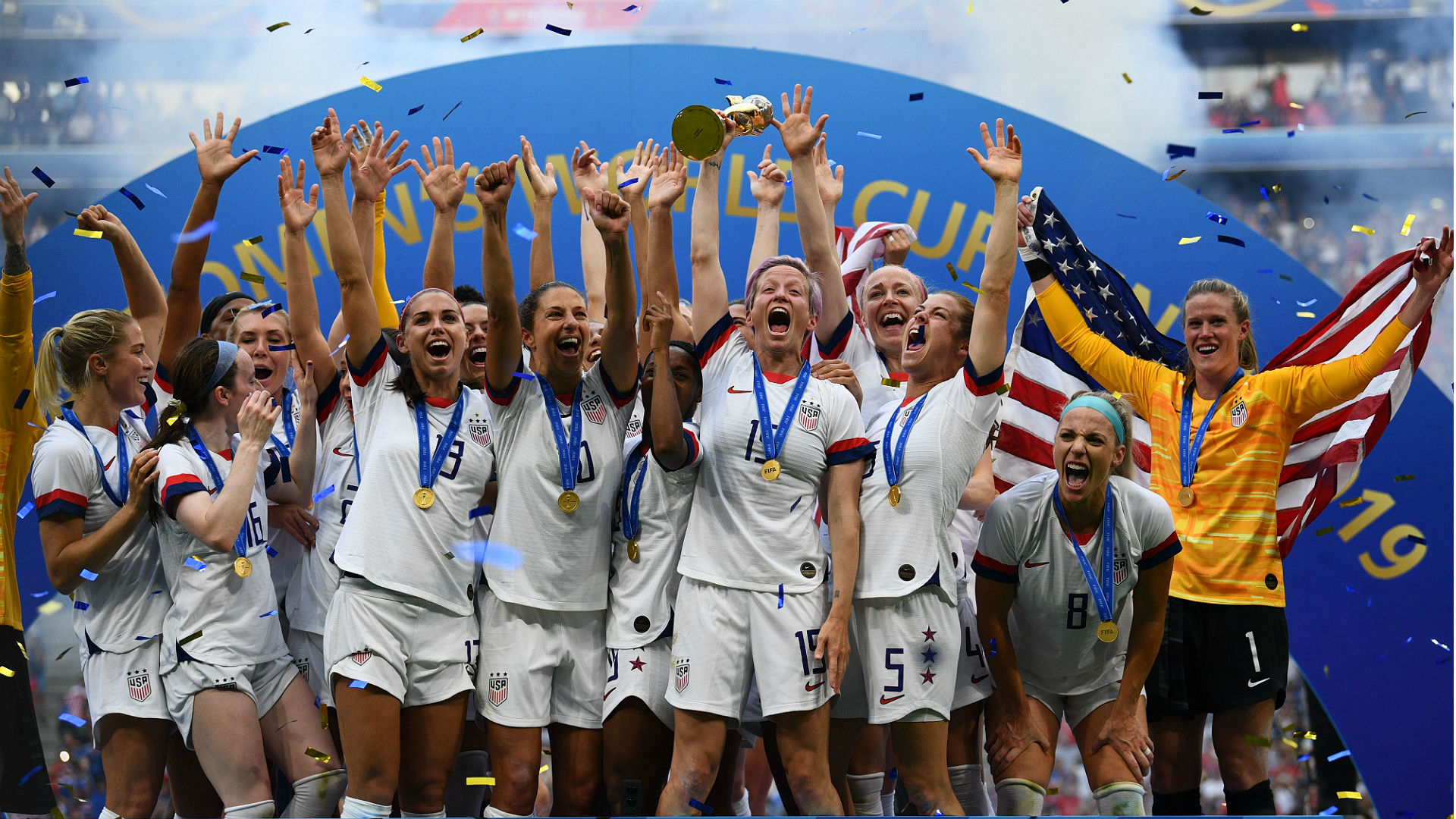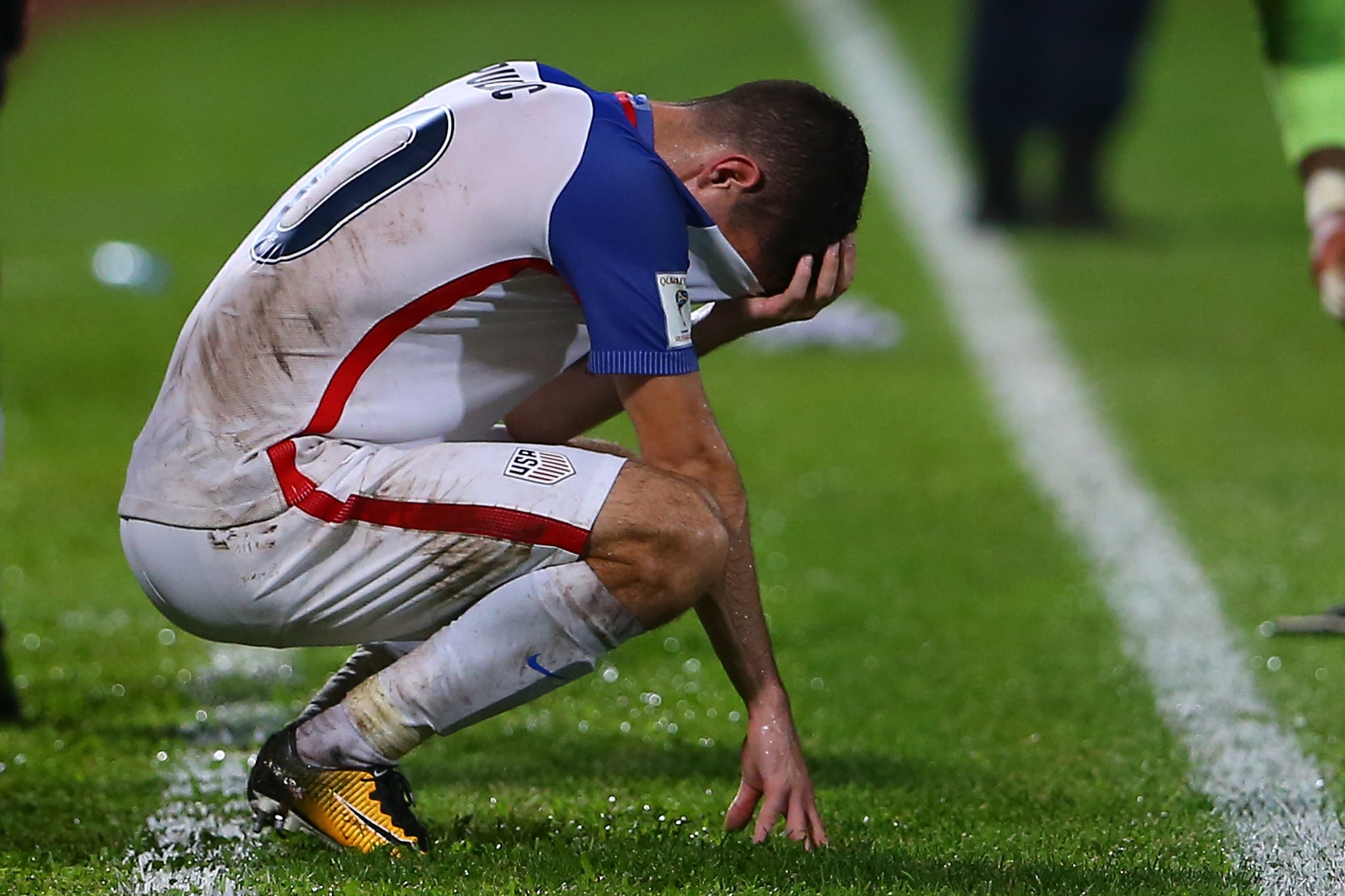A federal judge dismissed the equal pay portion of the US women’s national soccer team’s (USWNT) lawsuit. Although some working conditions claims against the US Soccer Federation (USSF) can proceed, Friday’s decision puts more pressure on the USWNT to settle out of court.

The USWNT is strong and strident. The most successful international women’s soccer team has won four World Cups and four Olympic gold medals. The flip side of their success, however, is they have less experience rebounding from a loss. And Friday’s summary judgement was nothing short of a blowout.
When you lose a lawsuit, it suggests the other side’s case was stronger. When you lose a summary judgement, it means the court doesn’t think you even had a case. Unfortunately, the problem with the USWNT’s equal pay claim may have been more strategic than factual. And in a court of law, those issues can be harder to rectify.
Expert Strategy Backfires in USWNT’s Lawsuit
Most lawsuits, especially those involving economics and finance, use the testimony of expert witnesses. The primary expert witness for USWNT produced a report showing that if the women’s team had the same collective bargaining agreement (CBA) as the men, the women would have made $66.7 million more in back pay and interest from 2014 to 2019.
The report resulted in juicy headlines. But that argument was a major reason the claim was dismissed. The USWNT was, in fact, offered the same CBA as the men — but turned it down. Granted, they turned it down for good reason. They wanted an agreement with better base salary and benefits than the men’s “pay-to-play” model.
So, using the men’s CBA as a basis for damages was, at best, misguided. More importantly, it was an argument that clearly backfired with the judge.
“The history of negotiations between the parties,†U.S. District Judge Gary Klausner wrote, “demonstrates that the WNT rejected an offer to be paid under the same pay-to-play structure as the MNT, and that the WNT was willing to forgo higher bonuses for other benefits, such as greater base compensation and the guarantee of a higher number of contracted players.â€
There are two things that are critical in an economic lawsuit. You must contest the facts presented by the other side. Also, you must show you made an effort to mitigate your damages. The USWNT’s expert report appeared to do neither.
The Trinidad and Tobago Problem
The judge also relied on the USSF’s per-game calculation to conclude there was no pay disparity between the USMNT and USWNT. Between 2014 and 2019, the women earned $220,747 per game while the men earned $212,639 per game. An obvious flaw in this comparison is that the men didn’t qualify for the 2018 World Cup. Meanwhile, the women won the World Cup in 2015 and 2019.

On Oct. 10, 2017, the USMNT lost to Trinidad an Tobago 1-2. As a result, the USMNT failed to qualify for the World Cup for the first time in 32 years. Had they qualified, the men would have received bonuses. The USMNT World Cup bonuses are much bigger than the USWNT’s bonuses. A USMNT player can receive a up to $1.2 million in World Cup play. Meanwhile, a USWNT player earns less than 300,000 for a trophy win. Yahoo Sports’ Caitlin Murray provides excellent analysis on this issue.
For the USSF to make its case, the men’s team had to be the crappiest it had been in decades while the women’s team had to be perfect. One has to believe a better economic argument could have been made.
A successful appeal of the USWNT’s equal pay portion of the lawsuit is unlikely. A settlement with the USSF is possible and potentially the USWNT’s best option. As unpalatable as a settlement may be for the women, sometimes you have to take a draw and play for another day.











